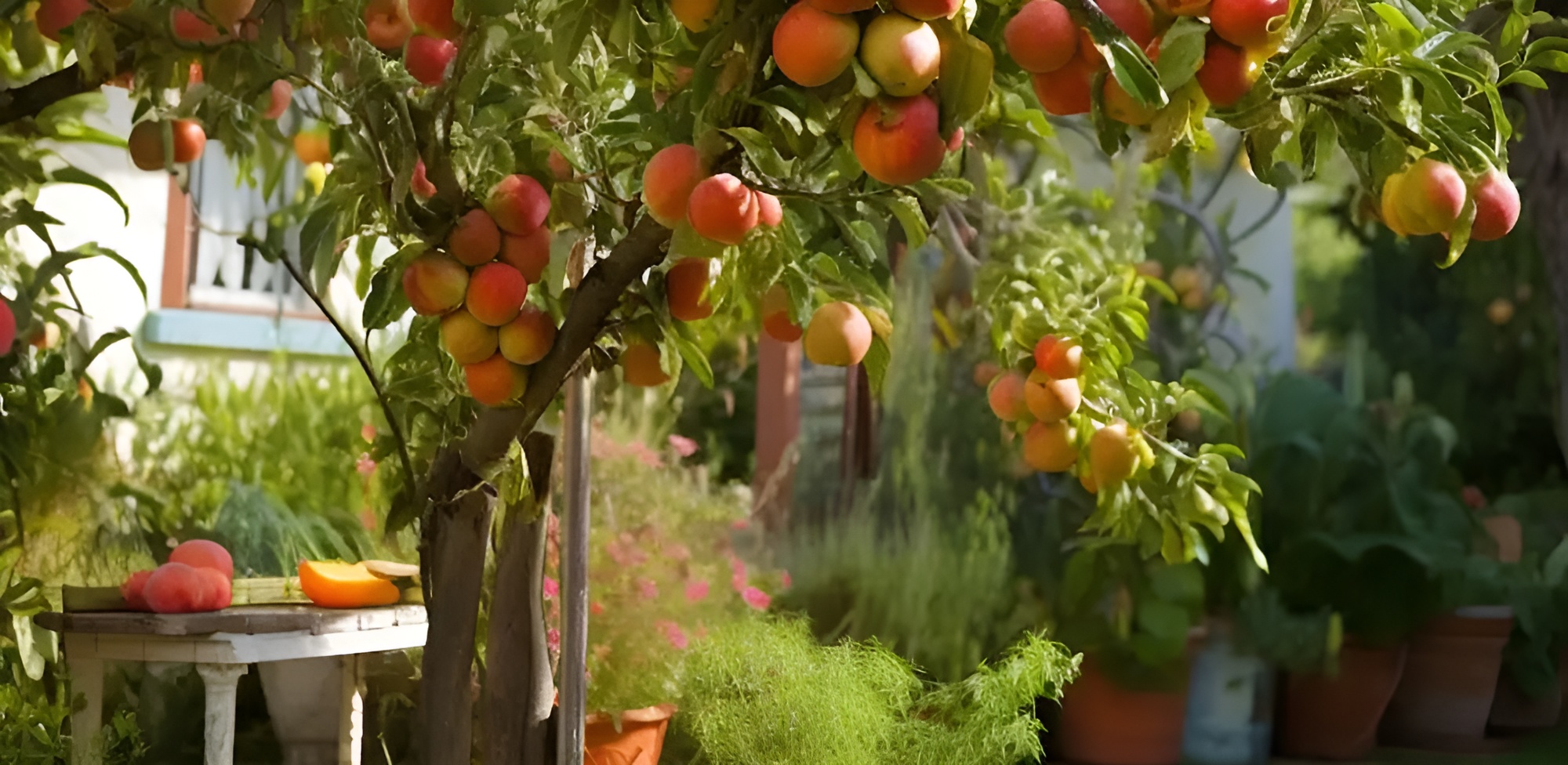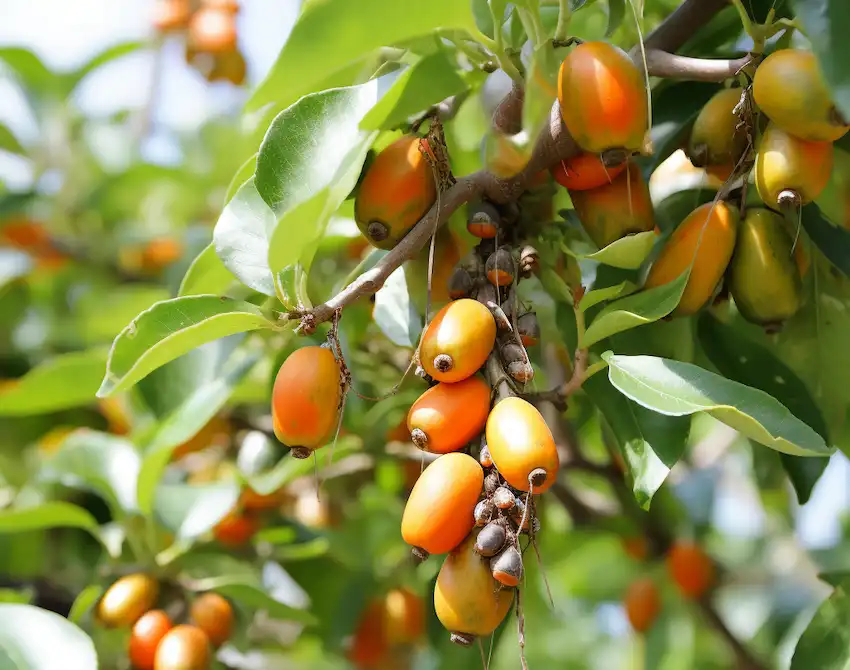
Growing fruit trees can be a rewarding experience and provide rich harvests for years to come. However, beginners often fall into common traps that can affect the growth and productivity of their trees. By learning from these mistakes, you can ensure your fruit trees thrive. Let us investigate five critical mistakes that you should avoid:

1. Choosing the wrong source for your trees
One of the first steps in growing fruit trees is purchasing your seedlings. Choosing the cheapest option or using unreliable sources can result in receiving the wrong type of tree, as I experienced when I ordered apricot trees and received plum trees instead. This not only wastes time but can also lead to disappointment if the trees do not bear the expected fruit. To avoid this, invest in trees from renowned nursery schools that guarantee the diversity and quality of their stock.
2. Ignoring the importance of disease resistance and diversity
The success of your fruit trees depends largely on selecting the right varieties. Disease resistance is of paramount importance as it can reduce maintenance requirements and increase the chance of a fruitful harvest. Varieties that are resistant to common diseases and pests thrive better. Additionally, opting for bare root trees, which do not grow in the ground but are shipped with bare roots, can give your trees a healthier start. Disease-resistant varieties such as the Liberty Apple or the Williams Pride Apple have proven to be productive and easier to care for.
3. Neglecting proper pruning practices
Pruning is important to control the shape and size of your trees and ensure they receive adequate sunlight and air circulation. Every type of fruit tree has its preferred pruning style, e.g. B. the central cutting method for apples and pears or the open cutting method for stone fruits such as peaches and plums. Proper pruning not only affects the health of your tree, but also its productivity. It is important to know the specific pruning needs of your trees and to control them effectively at the right time.
4. Disregard the necessity of thinning
Fruit trees can sometimes produce more fruit than they can bear, which led to the so-called “garden greed”. Without thinning, trees may drop unripe fruit or produce large quantities of small, underdeveloped fruit. By thinning out excess fruits at the beginning of the season, the remaining fruits can be bigger and healthier and have better access to nutrients and sunlight. This practice not only improves the quality of the crop, but also prevents disease by improving air circulation between the fruits.
5. Poor pest control strategies

Finally, effective pest control is crucial to the success of your orchard. Leaving fallen, infested fruit on the ground can encourage the life cycle of pests like Curculio plum, making problems worse year after year. Prompt removal of fallen fruit and application of strategic pest control measures such as: Other options, such as using organic sprays such as kaolin clay, can protect your trees. This natural clay creates a barrier that keeps pests out without harming the tree or the environment. In addition, the introduction of measures to combat diseases, such as: B. the application of sulfur spray during the flowering period (carefully administered to protect beneficial insects), the spread of diseases such as brown rot preventer.
By avoiding these frequent errors, you can bring your fruit trees on the road to rich and healthy harvests. Remember: success in fruit tree gardening relies not only on avoiding mistakes, but also on implementing practices that support the health and productivity of your trees. With patience and the right knowledge, you can enjoy the fruits of your work for many years.
Davon inspired? Share the article with your friends!
